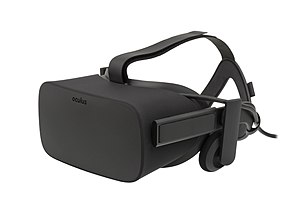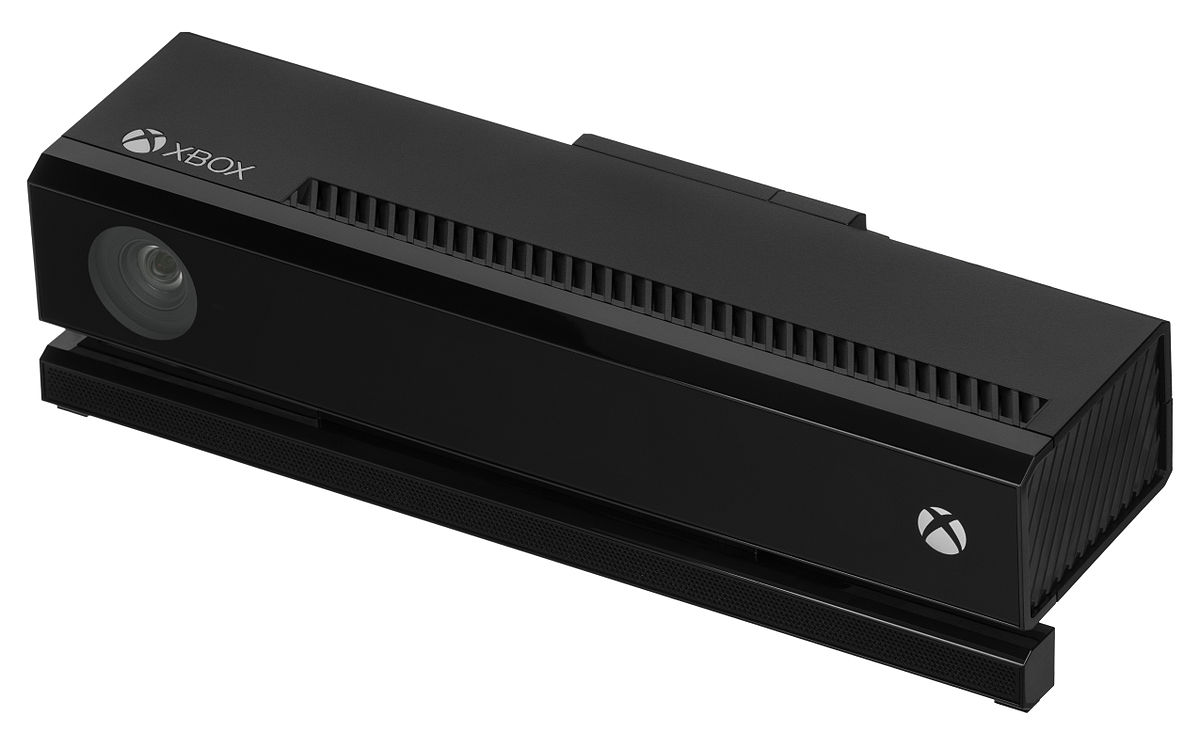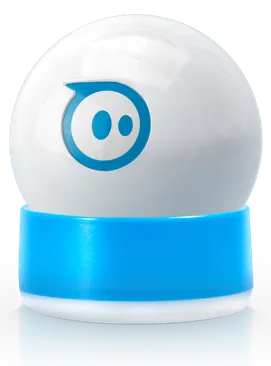VR Remote
VR Remote investigates whether virtual reality can give operators a better sense of terrain when controlling fragile or dangerous equipment from afar. We paired an Oculus Rift headset with a Microsoft Kinect depth camera and a Bluetooth Sphero robot to simulate remote operation.
System Architecture
- Perception — Kinect depth data constructs a live point cloud so operators can see obstacles in 3D.
- Control — Input is handled through both natural head direction and a keyboard fallback, with colour feedback on the Sphero representing status changes.
- Stabilisation — A modified Kalman filter corrects drift between the Sphero’s intended and actual positions.
Key Challenges
- Getting robust Bluetooth connectivity to the Sphero and keeping command latency low enough for fine control
- Deriving reliable odometry and combining it with Kinect corrections to prevent long-term drift
- Eliminating motion sickness by replacing the “inside the rolling ball” perspective with a grounded disk that anchors the player spatially
Operating Modes



- Seated Mode — Users steer by facing the desired direction while remaining seated; a blue heading indicator reinforces orientation.
- Realistic Scale Mode — Users can walk around the mapped environment, manipulating the robot as if they were physically present.
Outcomes
The prototype demonstrated that modest consumer hardware can deliver meaningful depth perception and spatial awareness improvements over flat monitors. The comfort tweaks, drift compensation, and dual control schemes each addressed issues uncovered during user tests.